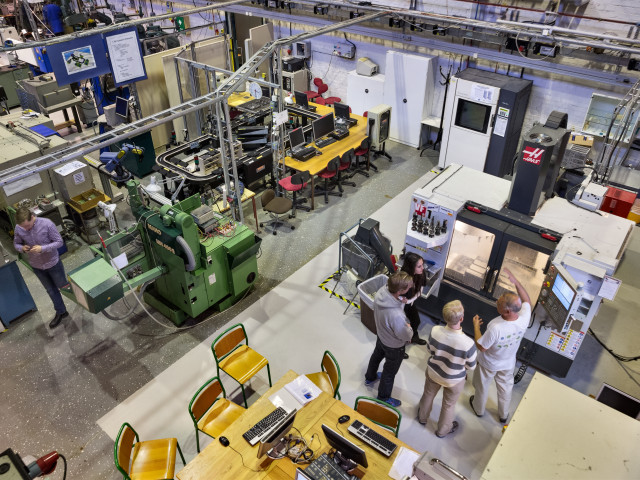A. Cardiac, vascular and respiratory systems
· Explain how heart and vasculature regulate circulation of blood in the body
· Explain how lungs and circulation regulate oxygenation of tissues
· Understand feedback loops affecting heart rate, blood pressure and respiration
· Analyze how the different systems interact tomaintain a constant internal environment
· Understand and explain how the structure and function of these systems is altered in human cardia, vascular and respiratory diseases
At the end of this module, studentsshould have the practical skills to:
· Perform and analyzeanelectrocardiogram, orthostatic test, static and dynamic spirometry
· Measure heart rate and blood pressure
· Identifyheart and respiratory sounds
B. Autonomic nervous and endocrine systems
· Explain the organization of the sympathetic and parasympathetic nervous systems
· Understand the concepts of endocrine, paracrine and autocrine effects
· Classify hormones based on composition, mechanisms of synthesis, receptor type and intracellular signalling
· Integrate the organization and control of nervous and endocrine systems and the function to maintain homeostasis in the healthy body
· Understand and explain how the structure and function of these systems is altered in human diseases
C. Digestive andurinary systems
· Explain how food is processed and absorbed at different levels of the alimentary canal
· Describe the function of the liver and pancreas in nutrient absorption
· Explain the role of urinary organs in maintaining fluid and acid-base balance
· Understand the interactions between the nervous, endocrine and digestive system that regulate food processing and absorption
· Understand and explain how the structure and function of these systems is altered in human diseases
D. Musculoskeletal system and exercise physiology
· Explain how the anatomy of skeletal muscle and bones generates movement
· Explain the molecular, cellular, bioenergetic and biophysical mechanisms generating force in skeletal muscle
· Understand the nervous mechanisms regulating movement and balance
· Integrate physiological adaptations occurring during physical activity
· Understand and explain how the structure and function of these systems is altered in human diseases and ageing
At the end of this module, studentsshould have the practical skills to:
· Estimate maximum exercise capacity from a cycling exercise bout
· Measure physiological changes occurring during an acute exercise bout
